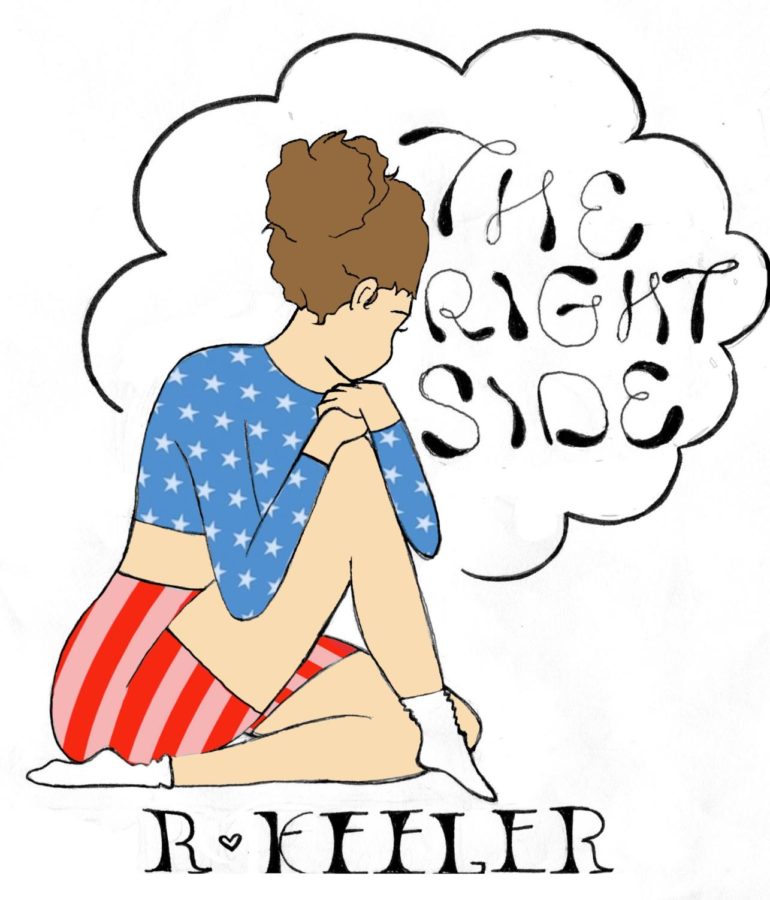The Right Side – Animal Testing, why?
Jan 25, 2023
Organizations are creating new ways to test their drugs in new products. Some do this by testing them on animals, so no humans are harmed. I have mixed feelings about this subject. For accurate research results, most of these animals are genetically bred to be the same. Aside from that, the animal lover in me still does not feel right about the animals being in potential pain or suffering.
The FDA does not require the use of animals for testing, but does not shame for it and allows whatever is appropriate. In the same article, Animal Testing & Cosmetics, they mention that new products with new ingredients may push companies into animal testing to ensure that it is safe. The FDA also states that they follow all laws, regulations, and policies while testing animals. They say they advocate for the minimal use of animals and try to find humane ways to handle the specimens but continue to test on them.
“The FD&C Act ( Federal Food, Drug, and Cosmetic Act) does not specifically require the use of animals in testing cosmetics for safety, nor does the Act subject cosmetics to FDA premarket approval,” said the U.S. Food and Drug Administration (FDA). “However, the agency has consistently advised cosmetic manufacturers to employ whatever testing is appropriate and effective for substantiating the safety of their products.”
Although they mention that they are working with several other organizations to find and verify alternative methods, I know personally that I am not seeing much change and do not know whether to believe them.
According to the National Library of Medicine’s article, Animal Testing and Medicine, animal testing grew in popularity in 1937 due to mass poisoning. A pharmaceutical company created something with a poisonous chemical, and due to minimal testing, they had no idea what it would be capable of doing if sold. As a result, many people died, creating the Federal Food, Drug and Cosmetic Act that required animal testing. Another incident they mentioned was a drug they found to cure morning sickness, insomnia, and other illnesses. Thousands of pregnant women had taken this drug, and their children were born with malformations or missing limbs.
“Issues such as cruelty to animals and the humane treatment of animals are valid concerns, and hence, the use of animals in experimentation is greatly regulated,” said the National Library of Medicine. They go on to say that citizens’ concerns led to the 3 R’s campaign, being a replacement, reduction, and refinement.
Humane Society International wrote an article about animal testing. Although they are more biased, the information is helpful in understandings what happens to said animals in testing facilities. They mention chemical exposure, prolonged periods of physical restraint, and purposeful distress. These examples tug at my heartstrings to believe that someone can do this to an animal. Not all companies take on these methods, but it is terrifying to know that it is possible. My large take from their discussion was that scientists have found and are attempting to verify a plan for alternatives, using human cells and cell lines instead of animals for lack of human relevance.
Overall, I still have mixed feelings about the way we go about testing animals. When I was younger, I always thought animal testing was dogs and cats getting pampered with skincare or their cancer being cured with a drug trial. Now that I am older, although I know it is necessary for safety, it hurts my heart. I wish there were different ways that researchers could go about testing products, but I know this is what they have to do for now until an alternative is verified.




